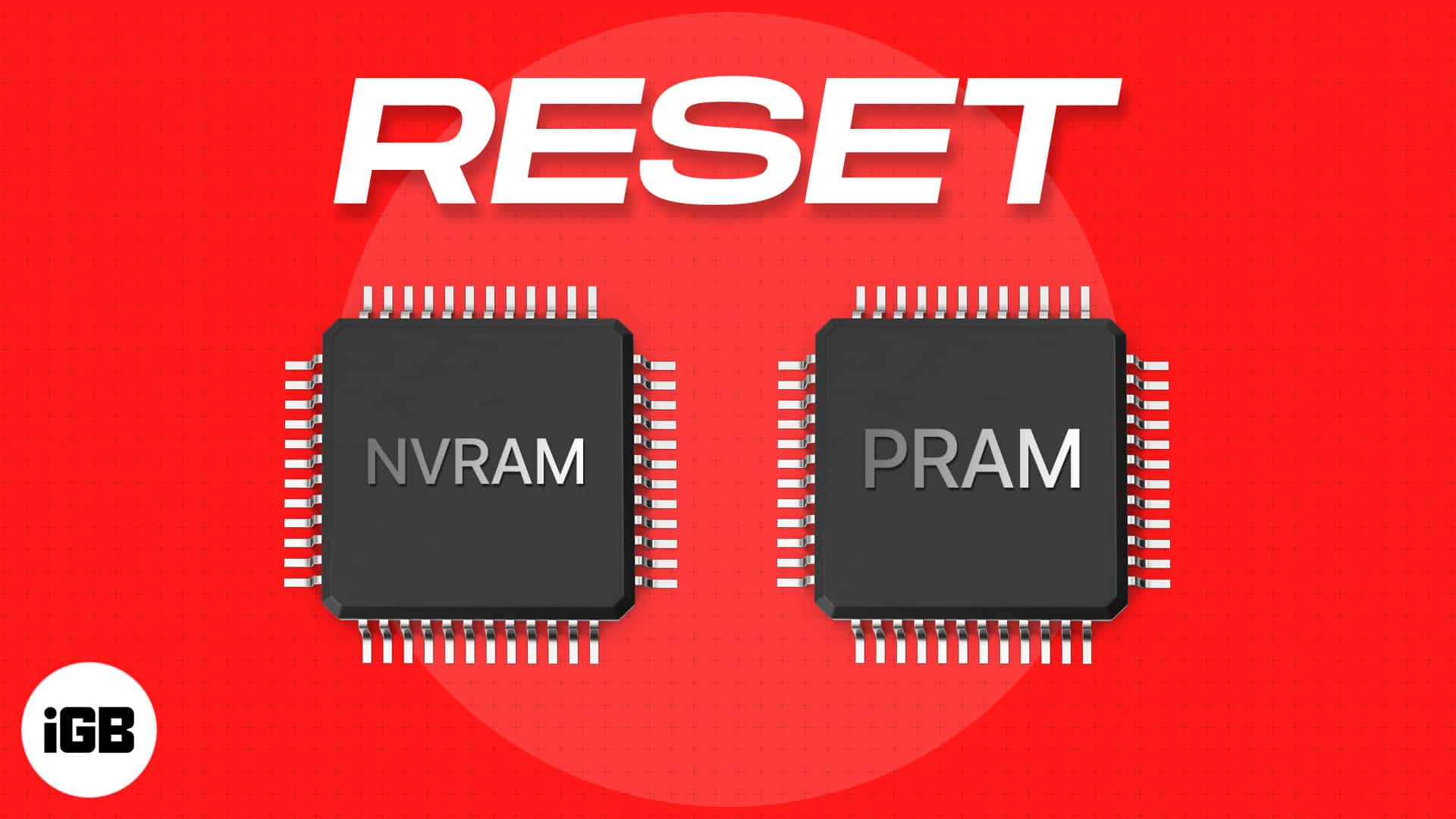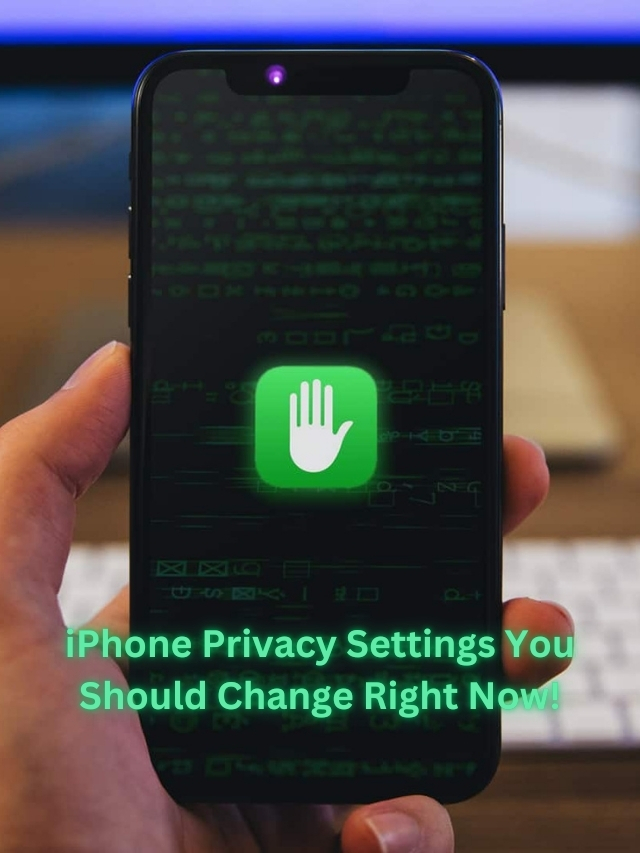Is your beloved Apple device, Mac acting… weird? If you are facing trouble booting it or its volume, mouse scroll, or display settings are all messed up, you may need to do more than restarting it. You may need to reset NVRAM or PRAM on Mac to fix the issue!

NVRAM (non-volatile random-access memory) on Intel-based Macs and PRAM (Parameter RAM) on old PowerPC are responsible for storing your Mac’s settings. Chances are they may have gone haywire.
Let me tell you more about each and show you how to reset NVRAM or PRAM to fix specific Mac problems.
What is NVRAM or PRAM?
NVRAM stands for Non-Volatile Random Access Memory. It is a newer version of PRAM used on Apple Silicon or Intel-based Macs. NVRAM is non-volatile, which means that the settings stored in it are not lost when your Mac is turned off or loses power.
PRAM stands for Parameter Random Access Memory. It is the older version of NVRAM that is used on PowerPC-based Macs. PRAM is also non-volatile but can be corrupted more easily than NVRAM.
There is a small battery in Mac desktops to prevent the loss of these essential pieces of information. This ensures that even if you switch off or remove the main power cord on your iMac, things work correctly. On Mac notebooks (MacBook Air and MacBook Pro), there is already a battery inside.
The settings that are typically stored in NVRAM or PRAM include:
- Startup disk selection
- Speaker volume
- Screen resolution
- Time zone
- Recent kernel panic information
Why & when should you reset Mac PRAM or NVRAM?
When you face software issues, it is critical to reset your NVRAM or PRAM since the default memory on your Mac might result in lost settings or connectivity issues. The following are signs that it may be time to execute an NVRAM or PRAM reset.
- Mac is turning off slowly.
- Strange keyboard responses.
- Display resolution changes aren’t working.
- Mouse scrolling is not normal.
- Unusual audio volume responses.
- The boot volume is not configured (a question mark will appear before your machine turns on).
- The time zone or clock is not functioning properly.
- Facing issues with USB ports.
The new M1 or M2 chip-based systems do the process of resetting NVRAM or PRAM automatically. If you are facing any of the issues mentioned above, you can restart them or contact Apple Support.
As for the rest of the devices, you can follow the steps mentioned below:
How to reset NVRAM or PRAM on a Mac
- Power off your Mac.
- Press the power button and hold the Command + Option + P + R keys before the grey screen displays.
- Hold the keys till the Apple logo appears and disappears twice.
- Release the keys.
Now, all your settings should be restored to default. You can adjust the settings again depending on your needs.
Is your Mac acting up?
Resetting the NVRAM and PRAM on your device can once again allow you to take control of your Mac, resolving many system-related issues. Are you still facing issues with your Mac or Apple product? Drop it in the comments section below, and I’ll do my best to assist you.
FAQs
Resetting NVRAM or PRAM on a Mac is typically a quick process that takes only a few minutes.
Resetting NVRAM or PRAM does not affect the firmware or operating system of your Mac. It only resets certain settings stored in the memory.
No, you do not need to be logged in to your Mac to reset NVRAM or PRAM.
No, resetting NVRAM or PRAM is unlikely to fix battery or power-related issues on your Mac. You can refer to our article if your Mac has battery drain issues.
Read more:





